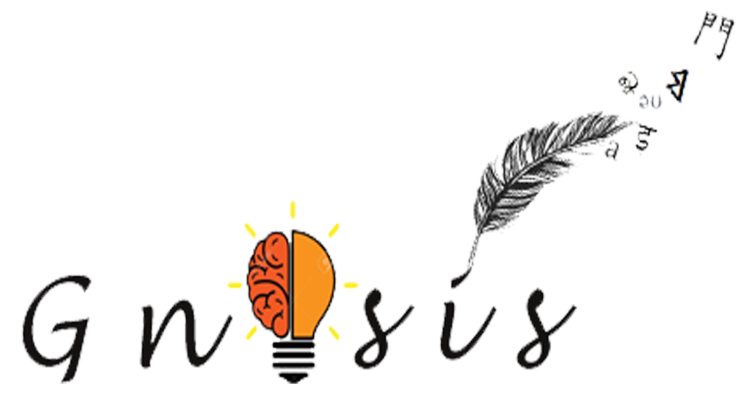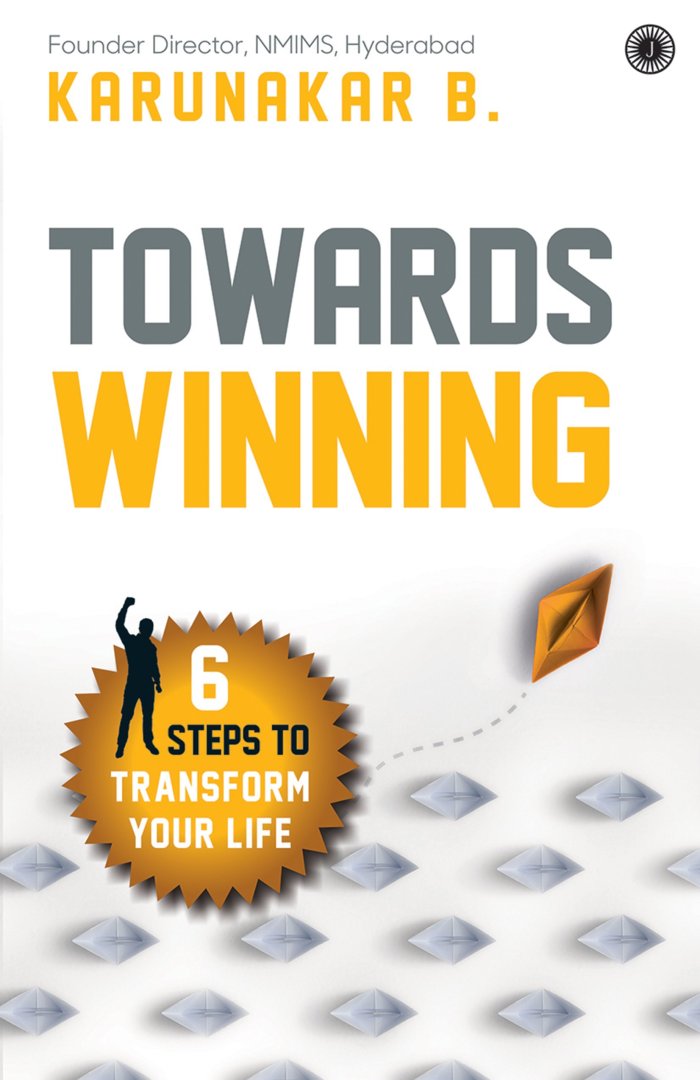Imagine the scene of stock exchange robbery in “The Dark Knight Rises” – hundreds held hostage and billions of dollars robbed in broad daylight. This plot epitomises the impact of a weak link in the chain of financial services and underscores the need for a secure and robust system for obscuring the possibility of financial debacles. FinTech, the technology that is disrupting the status quo, is driving efficiency and enabling innovation in the financial markets. This enabler is built around the primary themes of convergence of other industries into financial services, and a transformative journey which involves leveraging of disruptive ideas like the Internet of Things (IoT) and blockchain technology.
IoT in financial markets
In this context, technology-driven by sensors and web, collectively termed as the IoT, has been the front-runner in changing the landscape by disrupting the very way of conducting business, accounting for nearly 28.5% revenue growth. With IoT expected to enable nearly $11 trillion economic growth, its applicability in the financial market is no longer a sci-fi abstract.
Components of FinTech
Intelligent Automation – new co- worker for digital age
Platforms – New ways of growing business
IoT – Door to the customer’s value chain
Cloud – Agility, cost, security, compliance
Blockchain – Impacting centralized business models
With the early signs already there with IoT in banking, the key interest lies in how the banks leverage the availability of the huge volume of physical and observational data to create opportunities in better understanding the creditworthiness of customers. The ability to continuously monitor asset conditions with the help of sensor nodes mounted on physical items will allow banks to project timely lending services. With Barclays opting for smart piggy bank services, it is evident that IoT enabled services will be used by the leading banks to attract the young audience by making them understand the value of money in a cashless society. The launch of pay bands in the form of smart wearables further underlines the growing impact of IoT as an alternative option to facilitate contactless payment systems.
IoT also promises to change the way how the insurance sector functions, by enabling continuous engagement and positive relationship between the policyholders and the insurance company. With the use of IoT, the focus is shifting from a restitution-based insurance policy to a preventative one, by using real-time data to mitigate risks. The availability of granular data will lead to the unbundling of insurance offerings to focus more on need-based insurance at a reduced premium. Beyond personal insurance coverage, the commercial insurance sector also stands to gain from IoT implementation, permitting the providers to gauge uncertainties in real-time.
Finer Customer Segment
Implications of IoT for Insurance Industry [4]
The use case of IoT implementation in the asset and wealth management industry, as well as capital market, is showing a strong positive trend, with clients demanding enhanced digital experience in terms of transparency and access, beyond the simple features, functions and tools. Analysis of investment patterns based on data encompassing one’s action and inclination collected through the IoT network is a primary example of how portfolio managers can leverage the power of digitalization to offer customised experience around data. Keeping up with the trend of mobility – the modern mantra in wealth management to develop new channels for enhanced customer relationship, retention and potential profitability – firms are making use of the live data flow to automate fund allocation based on risk resilient models. Machine learning algorithm running on real-time data collected over the sensor nodes is also promising to open up new avenues in the capital markets, with better prediction of the dynamic market behaviour, thereby enabling the formulation of comprehensive trading strategy devoid of human intervention.
The real estate sector also stands to benefit from the IoT implementation, as it enables factual and transparent property valuation and easier transaction proceedings. Furthermore, it is the internal risk management within the financial institutes which can be better handled using IoT solutions, allowing to continuously monitor the vulnerable operational issues that can eventually lead to fraudulent activities or lacklustre performance from employees.
Blockchain in financial markets
According to PwC Global FinTech Survey 2016, 56% managers have already identified the relevance of blockchain technology in the financial spectrum. The blockchain in simple terms is a ledger that is distributed on several nodes. The system has no central authority, instead, it is a shared record of transactions distributed over a vast network of users. This distributed ledger has brought about a fundamental evolution in trust management among interacting parties, ranging from clearing houses to trading houses, settlement centres to the provision of tax receipts made through government.
The biggest gain in terms of financial uses of blockchain that has kept the large banks excited is maintaining track of trades, in bonds or stocks, and making sure that payments are made properly – eventually leading to the abolishment of the current complex process involving banks, traders, exchangers and clearing houses and making sure that blockchain is used to log ownership data to get the work done in minutes. This use case is expected to save banks $20bn. per year, as it promises to free up huge fund currently tied up waiting for trades to be processed, and even streamline cross-border remittance by 2-3%.
Blockchain technology will also lead to reduced risk in this sector, ensuring easy traceability of transactions, which in turn enhances real-time accolade and reward management for banking and insurance industry through a 24*7 feedback mechanism.
The system of distributed ledger also promises to significantly reduce online fraudulent activities which cripple 45% of financial agents yearly. The blockchain architecture consisting of series of data blocks, each recording a batch of transaction, electronically chained together through advanced cryptography, makes it particularly robust against hacking attempts. This disruptive technology is also capable of cutting down on compliance cost, as it eases up the online identification process, allowing the re-iterative use of verified data.
The insurance sector will also be positively impacted by the blockchain technology, through a shift towards digital contracts running on the de-centralised ledger network. These smart records are capable of automatically bargaining and implementing statutory specifications, and thereby speed up the claim settlement process between the involved parties without mediator intervention.
With NASDAQ venturing into this disruptive technology, it is clear that blockchain will redefine trading experience and the capital markets. Riding on the success of enhanced trade
efficiency, the cryptocurrencies powered by blockchain technology is turning out to be an exclusive crowdfunding instrument. Moreover, the capabilities ranging from a decentralised stock exchange to the eradication of brokerage service, increased scalability to an augmented performance by tackling redundancy is greatly propelling share dealings.
Trade Finance on Blockchain [10]
Another promising use case of blockchain technology is the advent of cryptocurrencies. The bitcoin blockchain, operated by bitcoin miners who organise and secure a tiny fraction of bitcoin transactions into the blockchain, is leading a currency revolution across the globe. With countries like Canada set to try out digital currency, blockchain technology showcases a wide prospect in transforming the financial business models.
AI in financial markets
Robotic Process Automation will reduce the manual paperwork catapulting customer delight through a faster turnaround of financial services. This will also change the pattern of employment in the industry as tedious clerical work would lose human dependency. Not only will ML impact the simpler jobs in the financial sector, it obtains the capacity to replace partially, if not totally, the advisory roles of financial consultants. Robo-advisor uses ML algorithms for portfolio management tailored to client’s needs. HDFC Bank uses its chat-bot, Eva, not only to make life easier for its employees, but also for providing seamless service to all its customers enhancing loyalty and advocacy. The launch of “Thought Factory” by Axis Bank which is aimed to innovate AI solutions for banking operations underscores the degree of influence of technology in this industry.
The magic of AI is also being utilized for performing sentiment analysis using the social media outlet to enable the financial services including high-frequency trading and hedge funds. A further proliferation of this asset will be the algorithms developed in devising trading signals for making investment decisions. Although a double-edged sword at times, this technology can only improve for the betterment in the future. The usage of AI for credit risk analysis and customer churning forecast have released newer avenues of operation in the financial arena.
A further modification of the tools may lead to bots as relationship managers and advisors on matters related to taxation and retirement. It has also been claimed that bots, trained in market pattern study, may contribute to about 80% of the daily stock trading amount by buying and selling stocks in nanoseconds.
Industry 4.0 is here, and the greatest leap in advancement will be in the field of FinTech. Yes, money still cannot be planted in fields, but certainly, money can be motioned through sound investment for improved velocity and accelerated growth. The progress of the financial sector is indispensable for overall economic growth. Considering the path of progress chartered on the wheels of technology, we can certainly be hopeful for a fruitful ride.
References
[1] “FinTech – Did someone cancel the revolution?” a report published by Accenture
[2] “4 Ways IoT Changes the Financial Services Industry” by Andrei Klubnikin, Senior Content Manager at R-Style Lab
[3] “Banking in the age of disruption” – report published by EY
[4] “The Internet of Things: Opportunity for Insurers” by ATKearney
[5] Survey by Kreyon
[6] “Banking and Financial Services: Pleasing Customers, Fighting Fraud” – report by Tata Consultancy Services
[7] Deloitte and Gartner, October 2015 The Financial Brand
[8] “Blockchain technology in the Insurance Sector” by McKinsey&Company
[9] “Beyond Blockchain: The blockchain revolution in financial services” by Kevin Petrasic and Matthew Bornfreund
[10] Virtusa
[11] Pwc Global Fintech Survey 2017
[12] Artificial intelligence and machine learning in financial services – Market developments and financial stability implications by the Financial Stability Board
[13] Baker & McKinzie
[14] “The Fintech of Things: How IOT affects Financial Services” by Sachin Modak (http://www.fintech.finance/01-news/the-fin-ternet-of-things-how-iot-affects-financial- services/)
[15] “Future Scenarios for IOT in Financial Services” by Deloitte
[16] “4 effects of blockchain on financial services” by Koker Christensen and Jeff Dennis (https://www.blockchaintechnews.com/articles/4-effects-of-blockchain-on-financial- services/)
[17] “5 blockchain technology use cases in financial services” by Deloitte
[18] “Partical Examples of how blockchains are used in banking and the financial services sector” by Bernard Marr (https://www.forbes.com/sites/bernardmarr/2017/08/10/practical- examples-of-how-blockchains-are-used-in-banking-and-the-financial-services- sector/#76e928241a11)
[19] “The impact of blockchain revolution in the financial sector” published in Tetranoodle (https://tetranoodle.com/impact-blockchain-revolution-in-financial-sector/)
[20] “Financial Services Technology 2020 and Beyond: Embracing disruption” – a report published by PwC
[21] “AI Applications in the top 4 Indian Banks” by Ayushman Baruah (https://www.techemergence.com/ai-applications-in-the-top-4-indian-banks/)



